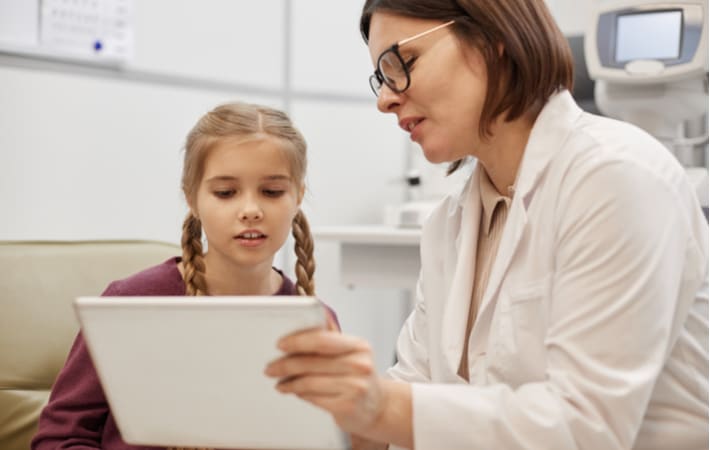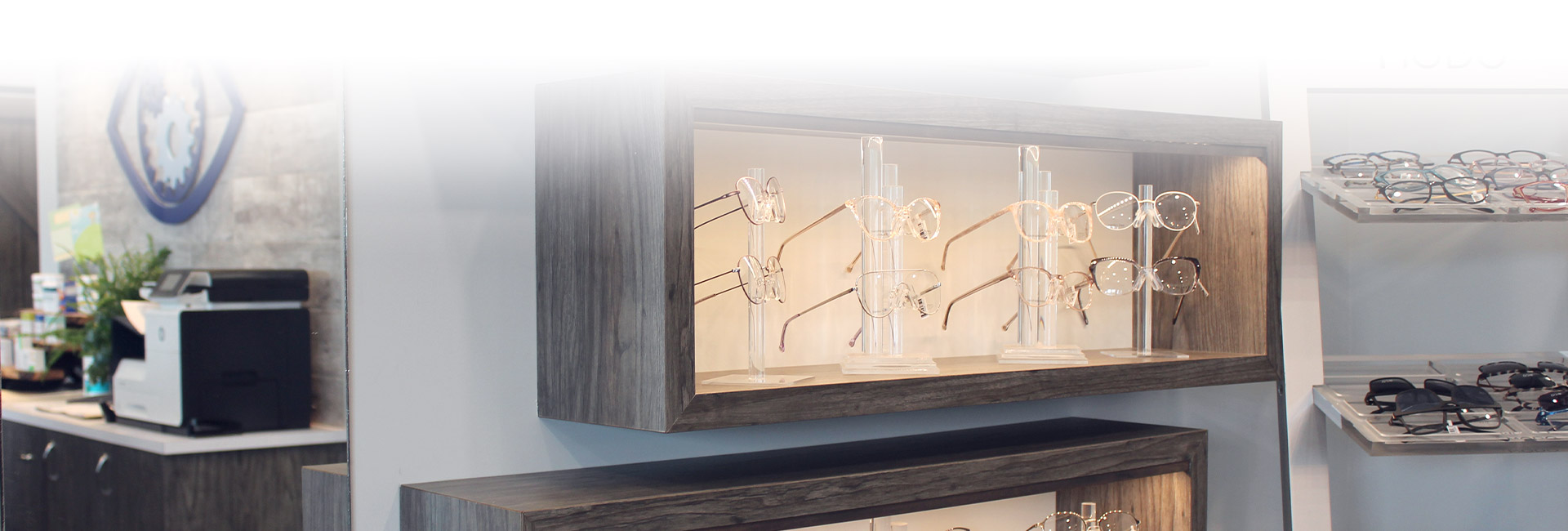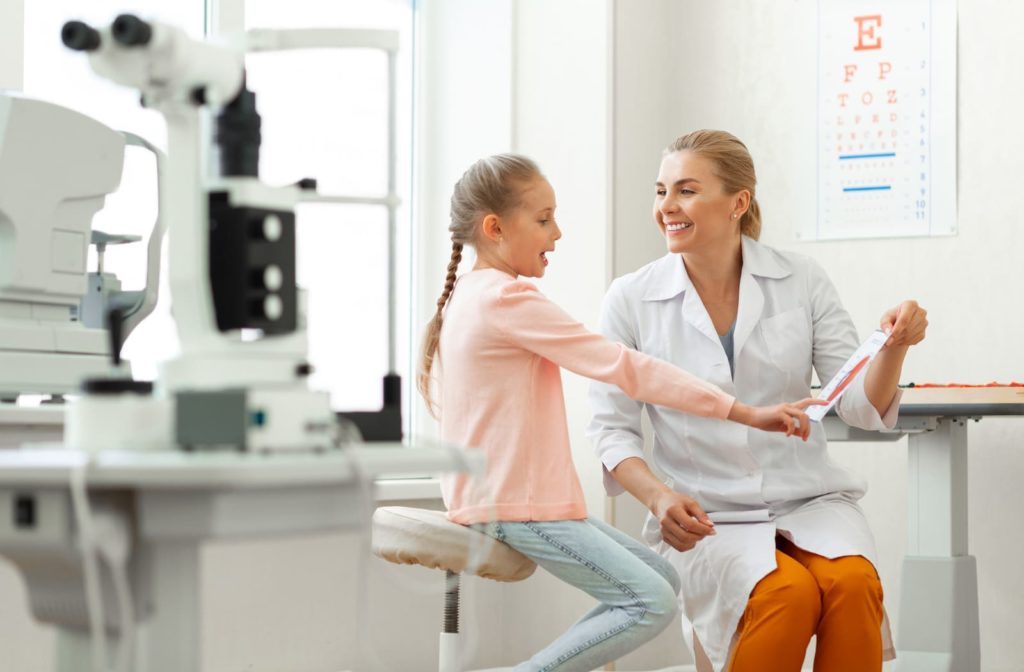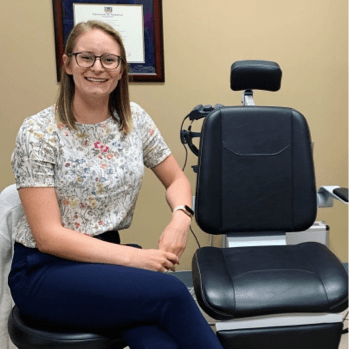Making Visual Connections
Did you know that it’s possible to have perfect eyesight but poor vision?
Eyesight references the clarity of your vision, whereas vision refers to how your brain and eyes receive information and how it’s perceived. Tracking, coordination, and information processing is all part of your vision.
A strong connection between the brain and the vision centre is required to understand and interpret projected images. In some individuals, the communication between these two powerhouse systems in our bodies is slow to develop and requires additional support.
When visual skills are not fully developed, it can lead to difficulties with activities like reading and writing.
What is Vision Therapy?
Your optometrist may recommend vision therapy as an individualized program to strengthen the connection between your eyes and brain. This type of therapy can be beneficial for adults and children.
During vision therapy, your optometrist trains your visual system by providing exercises and activities that help your brain interpret the presented visual information. Exercises provided during vision therapy often lead to reading, writing, and concentration improvements.
Vision therapy sessions are customized by an optometrist with the patient’s specific needs in mind and can include a variety of activities, like:
- Prisms
- Filters
- Therapeutic lenses
- Balance boards
- Targets with electronic timers
Frequent practice makes vision therapy successful. Patients must perform the exercises recommended by the optometrist at home regularly. Total commitment to the treatment is vital.
Vision therapy can help to support and correct the following eye conditions:
- Convergence Insufficiency
- Double vision
- Eye-tracking problems
- Difficulties with focusing
- Fatigued eyes
- Binocular vision dysfunction
- Issues with depth perception
- Strabismus (crossed-eyes)
- Amblyopia (lazy eye)
Patients with amblyopia (lazy eye) are commonly offered vision therapy and therapeutic lenses.

Examining Amblyopia
You may recognize amblyopia by its more common name, “lazy eye.” Amblyopia occurs when one eye does not see as well as the other, even when wearing glasses.
As the condition progresses, the brain relies more heavily on the stronger eye, and the less-used eye’s vision becomes weaker and weaker.
This imbalance can cause a vast difference in visual abilities between eyes and children with untreated amblyopia may experience lifelong vision problems.
Treatments for amblyopia often use combined supports like corrective lenses, prisms, and retraining the brain to use better eye teamwork through vision therapy.
Working Hard for Healthier Vision
Imagine for a moment that your optometrist is a personal trainer for your vision. What therapies and exercises would work specifically for your vision?
In amblyopia-focused vision therapy, your coach (optometrist) employs modern-day techniques to ensure both eyes work together, and create a deep neurological connection with the brain.
A customized amblyopia-focused therapy program may include the use of prisms, filters, lenses, occluders, and other specialized equipment designed to improve the teamwork between both eyes.
Your optometrist may also include additional exercises, activities and treatments, like:
- Helping the eyes cooperate (Binocular vision)
- Eye jumping (Saccades)
- Eye-tracking activities
- Hand-eye coordination
- Focusing exercises
There may not be a final exam, but there’s often homework involved with vision therapy!
Your optometrist will recommend a few at-home exercises to complete regularly to maximize treatment potential.
Better Together
At Beyond 2020 Optometry, we want our patients to enjoy their clearest, healthiest, and most comfortable vision. Our experienced team often recommends vision therapy for our patients with visual processing difficulties.
If you or a loved one has amblyopia and you would like more information about customized vision therapy programs, give us a call today.
We’re so passionate about our patient’s visual health that we offer a vision therapy clinic on-site, and we can answer any questions about personalized treatments and therapies.
If you’re ready for healthier eyesight, don’t be shy: Our knowledgeable staff is always available to help!




